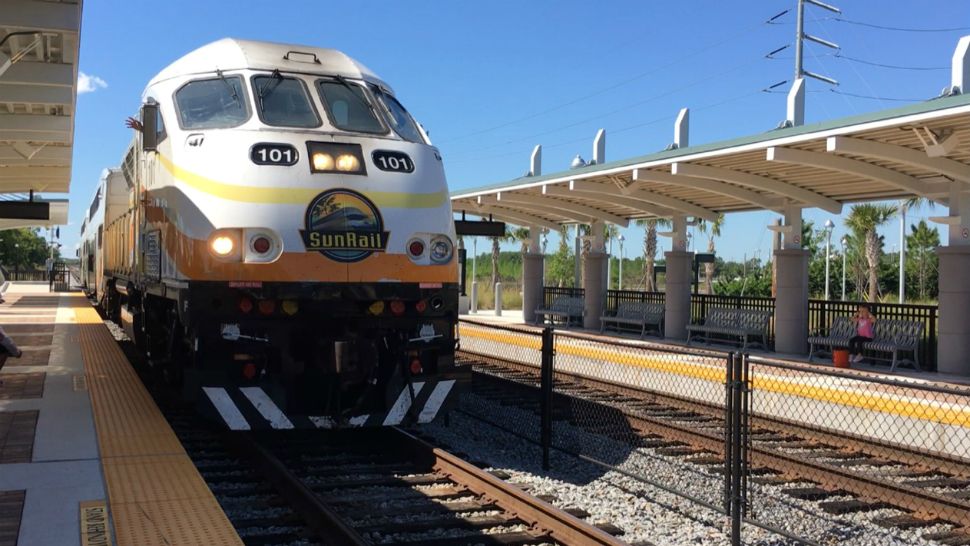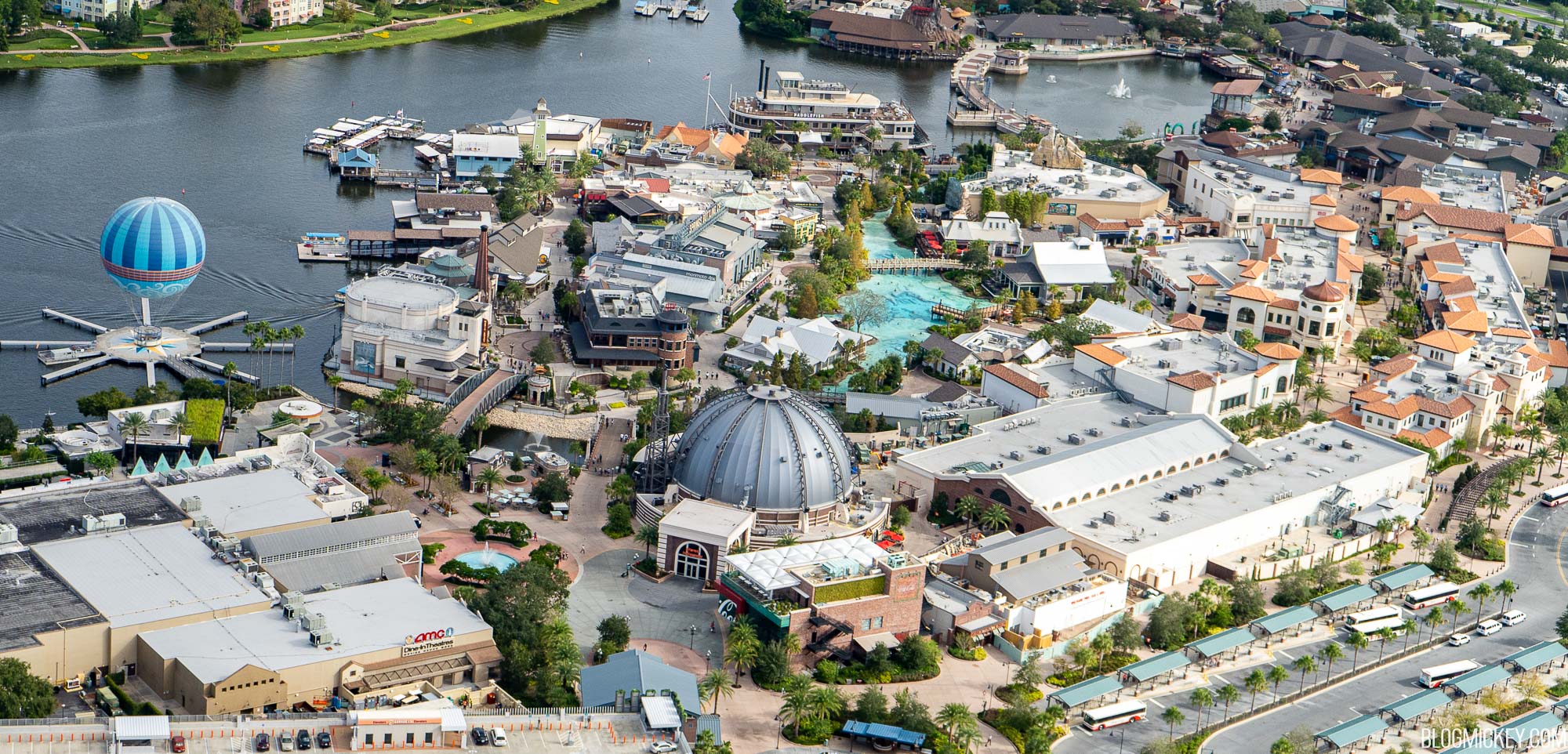@DisneySongbird I really enjoyed responding to your thoughtful comments!
Thank you very much! I'm always excited for the opportunity to have polite discussions on these kinds of topics.
There's been a few major points brought up since my last post, and I apologize if I miss anybody here.
On MCO being/staying the region's transportation hub: This is indeed more or less true today, but I don't really agree with the argument that it should stay true forever. The main problem with this is that airports don't make spectacular transportation hubs just by their nature. Since the airport takes up a ton of space while also limiting development around itself, it needs to be placed on the edge of the urban region (as MCO is today), which makes it an excellent terminal for a transportation spine but a very bad choice for the central hub in any kind of hub-and-spoke system.
On the Meadow Woods Station and SunRail transfers: I did some searching and while I found references to Brightline studying it at some point 5 months ago, I couldn't find any concrete commitment to a Meadow Woods Station. I actually don't like the idea of putting a Brightline station at Meadow Woods because SunRail is coming to the airport (and that appears to be much more concrete, with MCO Station being provisioned to support that SunRail extension already.) While I don't believe in MCO as the region's ultimate transportation hub, I do believe in it as the better choice for the Brightline/Sunrail transfer over Meadow Woods.
On platform access and Disney Springs Station: Hat tip to
@wedenterprises for the instructive quick visual. The important thing to remember that the visual nicely illustrates is that the platforms are not necessarily the station complex; a simple platform in the middle of a freeway with connection bridge to an actual station building is a common paradigm used in a number of heavy rail projects including most of the recent extensions of my hometown WMATA Metrorail. It's not a great paradigm - many people including myself find the experience of standing on such a platform extremely unpleasant - but it is certainly a lot cheaper than the more comfortable alternative that requires pulling the rails back out of the median.
On median-running in general: Much like the 417 alignment, I personally hate median-running. I think it's cheap and lazy engineering and the profile of a freeway doesn't necessarily support rail. (I also think in this particular instance the median option is about to be thoroughly ruined by the I-4 expansion project, but that's another thread.) Sometimes it's necessary and sometimes it works serendipitously, but for the most part, no. And I don't think it's necessary here. Crossing I-4 once at 528 into an alignment that runs just west of I-4 into Disney Springs station and onto points farther south almost certainly works out much better. So too would crossing I-4 just once at Disney Springs itself on the 417 alternative.
On other future transportation initiatives in Orlando: Regardless of what happens with Brightline, there needs to be some kind of heavier dedicated transportation along I-Drive than what currently exists. We'll likely see at least a streetcar there at some point in our lives, although I carry a torch for a sleek and modern elevated railway or even just a dedicated surface transitway not beholden to general traffic. Either way, the I-Drive transit solution will connect a bunch of major employers and tourist destinations to each other on its eventual way into downtown Orlando. This route, depending on how far it stretches, would form the backbone of local transit in Orlando and Brightline should connect to this route as well to maximize the number of trips it can serve while also taking transfer pressure off the airport. And the only way Brightline can effectively connect to this route is through a transfer at the convention center.
On who Brightline is serving: I fully agree that the primary driver of this is intra-Florida air and road traffic; trains can reasonably be filled with just a share of the already very lucrative short-haul flight markets and someone who is flying from MIA to MCO today changing to the train instead is a neutral move as far as both MCO and local traffic is concerned. Having said that, I wouldn't be so quick to discount Brightline as a commuter service. Much like Amtrak in the Northeast, despite its intended audience being intercity travelers it's very possible for commuters to use the service as well. There are a number of "road warrior" types taking advantage of Amtrak's monthly pass offerings to use it as a commuter service on legs of the Northeast Corridor either unserved or poorly served by commuter rail, in addition to the obvious and popular commuter offerings up and down the line, most of which retain high ridership.
On rail service frequencies and service patterns: It's fully possible to run trains at vastly expanded frequencies than what happens today or what is currently planned for in the future, both on SunRail and on Brightline. The brand-new right of way being constructed from MCO to points west, assuming it is double tracked the whole way through and dispatched competently, can easily support the introduction of additional services and service patterns. Besides the existing hourly train from Miami to (eventually) Tampa and the second hourly train they'll add once ridership begins to soar, either Brightline or an affiliated rail operator paying for access to Brightline's tracks can add two additional trains per hour from MCO to Tampa. (If local stations are designed to sit on passing sidings, the cost goes up but so too does the potential number of trains per hour, but by the time the ridership justifies the expense it'll be much easier to go back and add such things.) These additional trains would primarily be serving the aforementioned commuter market, with Brightline's intercity/express service overtaking them as they are stopped in local stations which Brightline would have no interest in serving (such as, just glancing briefly at a map of Central FL, a Davenport park-and-ride). I suspect Brightline would be only too happy to collect generous access fees from the state for allowing the state or local governments to run such a commuter service, and as it would be a commute-oriented service, promising and delivering on a vastly expanded number of stations can occur without the associated impact on the Brightline express service.
On today's headline: Ultimately, as I said in my post yesterday, it's a lot easier to expand, improve, or fix something that's already been built than it is to build anything at all the first time, particularly now that this morning's news brings with it the unfortunate news that Brightline appears to be dead in the water again. I don't like the 417 alignment for the reasons I've outlined above, but building it and then adding a second right-of-way for the local traffic later, or building it and then realigning it later, or even building it and then completely disregarding potential improvements or expansions to the ridership market are and were vastly preferable alternatives to the selected option of "let's do nothing instead."



